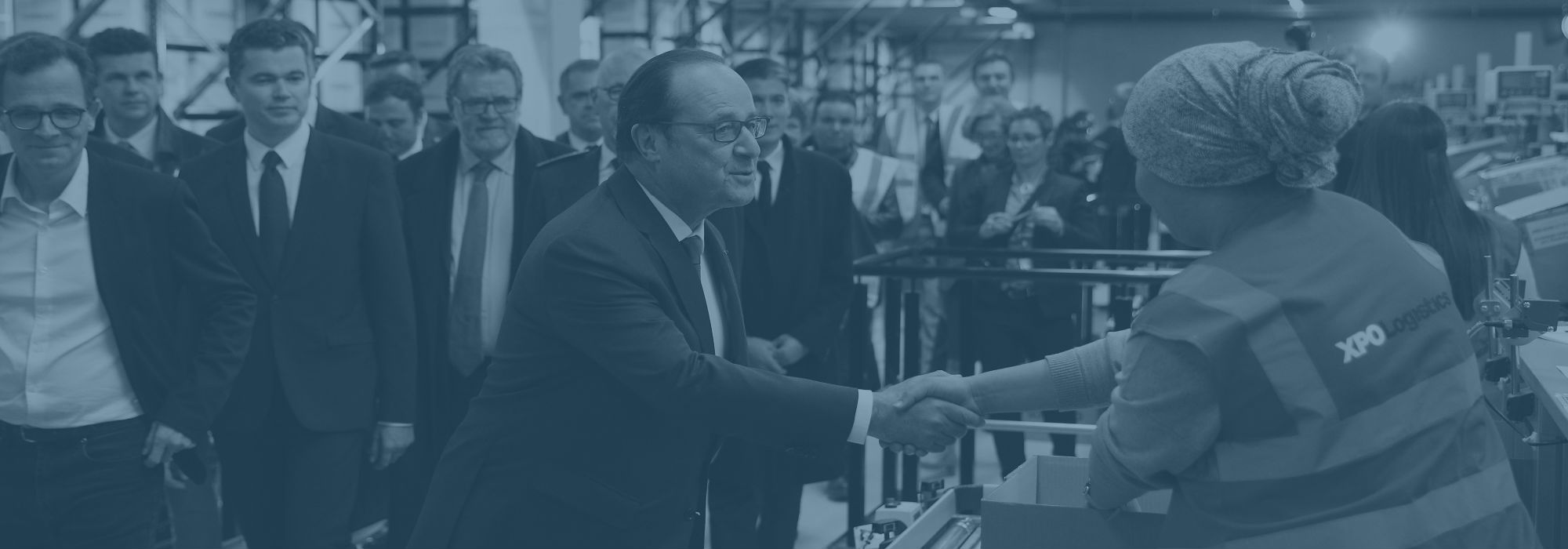By George Friedman and Antonia Colibasanu
The news of a rise in industrial production within the European Union has filled the media. Europe is hungry for good news and this is certainly better news than a decline. The question, however, is how good is the news? Does it simply represent another reported sighting of the mythical European beast, otherwise known as “recovery”? We say mythical not because at some point it won’t become real, but simply because it has been sighted so many times.
The industrial production index increased by 1.6 percent in the eurozone and by 1.4 percent for all 28 EU member states in August. This was a month-to-month comparison according to Eurostat, the EU’s statistics bureau. This increase comes after July’s manufacturing output fell by 0.7 percent for both the EU and eurozone. There was solid growth in energy output for the month (3.3 percent), while production of capital goods (3.5 percent growth) and durable consumer goods (4.3 percent growth) also rebounded from significant losses in July.
The problem is seasonality. European data is adjusted for seasonal fluctuation, but there is still a routine bump in productivity in August. Production of goods for the holiday season starts in August, stimulating industrial production numbers. Therefore, production statistics in August are boosted by growth in durable goods – at nearly 5 percent. Non-durables did not show growth anywhere near the durable goods numbers. So we read this as a seasonal increase built around anticipated consumption in December, but not a more general increase in consumption.
The year-over-year growth in industrial production does show an increase in growth, but it follows July’s disappointing numbers. The most that could be said is that Europe’s economy is not declining, but is still unable to break out of its stagnation in anything resembling a decisive way. Part of the problem is Europe’s interdependence. EU countries trade heavily with each other. When there is general prosperity, this is great. But when everyone is in a slump, there is no engine to pull them out. Production depends on markets with appetites for goods, and interdependence makes a breakout pulled by the extraordinary performance of one country unlikely.
The rest of the world has minimal appetite for European products. Russia, the Middle East and China are all caught in their own problems. The United States has been pulling Europe’s engine, particularly buying German exports, but the American economy has slowed and with it American appetite for European goods. The problem is that each European country’s economy is export oriented. They cannot sell more to each other, and there are few large markets in a position to provide any sort of solution for Europe.
The logic must be for European countries to increase their domestic consumption, as well as consumption from other countries on the Continent. The problem is that the damage to southern European economies will take a generation to heal, and domestic consumption in Greece, Italy and Spain will at best stagnate. To a lesser extent, the same is true in France. Europe is still gripped by the aftermath of austerity policies, which were advocated by the EU in some countries. The policies adopted by these countries as a result of austerity have had damaging effects, but even if they are eliminated, these countries’ economic problems will not go away.
Austerity was introduced in Europe to create a stable financial system and protect banks from defaults by countries with large sovereign debts. But the sovereign debt problem has been replaced by southern Europe’s massive build-up of non-performing loans. In Germany, Deutsche Bank and Commerzbank are staggering, considering the long-standing inefficiencies and intense competition of the German banking sector, coupled with the new challenge of declining interest rates. The threat of state defaults has been replaced by the increasing probability that private sector loans, loans to businesses and individuals, are going to have to be at least restructured, if not written off.
Under these circumstances, it is hard to see how Europe will generate increasing demand internally. It is even difficult to see how it will sustain its current consumption levels in the face of the banking industry’s problems and European countries’ inability to support domestic consumption. Without consumption growth, industrial production will at best stagnate, and Europe will, if lucky, remain in its current stagnation.
Therefore, it is understandable that any bit of good news will be greeted enthusiastically, and the August numbers were certainly good news. However, they were not very good news – which is what Europe really needs. They show a modest increase year-over-year and a major increase compared to a bad July, but they show no indication that, after factoring in seasonality and sectoral growth, Europe is breaking out of its long, dark economic night. Indeed, given the problems of the German banking system, it is likely the European economy hasn’t hit bottom yet.
There is always an expectation that after a crisis, things will return to normal, where normal is meant to be the good old days. Usually, this doesn’t happen. The crisis didn’t come out of nowhere. It arose from structural weaknesses that have to be repaired. And the crisis leaves a new reality that reinforces the weakness and prevents repair. This happened to Europe, and while we understand the need to be encouraged, facing the massive challenge that a return to pre-2008 economic conditions presents is more practical.








